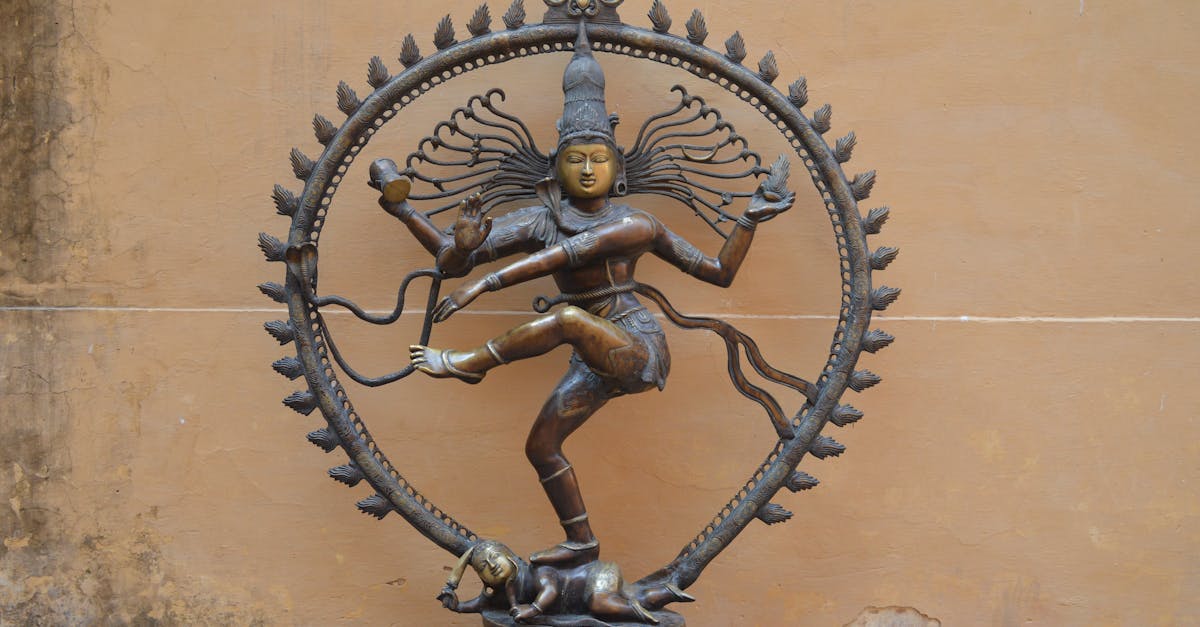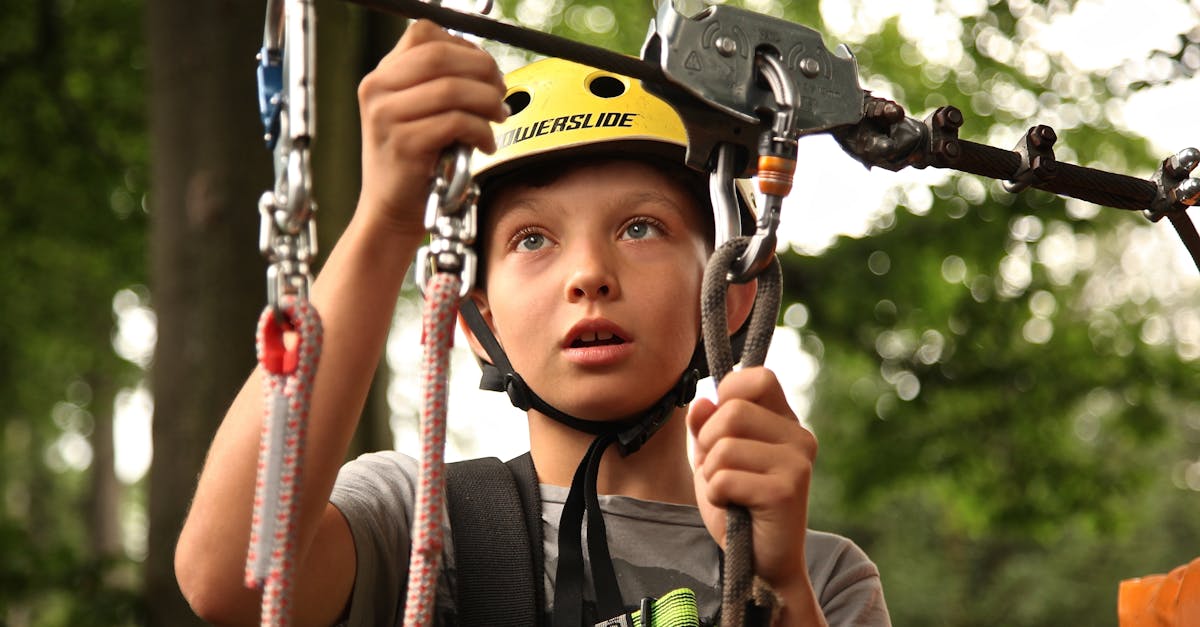Here’s a fun, creative, and educational School Project for Class 5/6/7 on Indian Dances, rooted in the Indian cultural context, with a focus on creativity, storytelling, and craft work—explained in simple English.
🌟 Introduction
India is a country full of rhythm, color, and expression. Indian dances – classical and folk – tell stories of gods, heroes, seasons, and celebrations. From Bharatanatyam in the south to Bhangra in the north, each dance shows the spirit of its people and place. This project will help you explore Indian dance forms using art, craft, and your imagination.
🧠 A. Conceptualization
📜 Background Story of Project
One day, a Class 6 boy named Kunal saw a group of dancers performing Kathak at a school function. He was amazed by the footwork and spinning movements. When he asked his grandmother, she told him how different states have different dances – each telling a beautiful story through hand movements, costumes, and music. That day, Kunal decided to learn more about India’s traditional dances.
Inspired by Kunal, you will now become a young dance researcher and artist – to explore, model, and present the magic of Indian dances.
📝 Plan the Project
- Topic: Indian Dance Forms – Classical & Folk
- Goal: To creatively present 1 or 2 Indian dance styles using craft and storytelling
- Class: 6
- Mode: Individual or pair
- Time: 2–3 weeks
- Subjects involved: Social Science, Art, Value Education
💡 Research and Brainstorm
- Learn about famous Indian dances: Bharatanatyam, Kathak, Odissi, Manipuri, Bhangra, Garba, Lavani, Ghoomar, etc.
- Watch simple YouTube videos or talk to a dance teacher
- Collect information about:
- Dance origin
- Costumes and makeup
- Musical instruments
- Stories told through dance
🎨 B. Design and Develop
🧰 Material Used
- Cardboard, chart paper, clay, thermocol
- Old bangles, cloth bits, beads, sequins
- Feathers, sticks, paper plates
- Small motor, LED (optional)
- Sketch pens, glue, scissors
- Smartphone/tablet for presentation
🛠️ Activities Involved in 3 Steps
🩰 Step 1: Select a Dance Form
Choose one dance form (example: Bharatanatyam, Bhangra, Kathakali, Garba)
OR make a map/poster showing 4–5 dance forms from different regions
🧑🎨 Step 2: Create a Model of the Dance Form
- Make a 2D chart or 3D model showing a dancer in costume
- Use clay or paper dolls wearing regional dress
- Include details like hand gestures (mudras), instruments, stage setup
⚙️ Step 3: Add Movement or Story Element
- Make a puppet dancer with string movement
- Use a rotating wheel to show costumes, mudras, or dance steps
- Include QR Code or voice recording telling a dance story
- Use small motor/LED to light up the stage or turn dancer
🎥 C. Presentation & Evaluation
🖥️ PPT and Video
PPT (4–5 slides):
- Title + Your Name
- Dance Chosen + Region
- What did you make and why?
- What is the story behind the dance?
- What did you learn?
Video (2–3 mins):
- Show your model
- Talk about the dance and its special features
- Demonstrate any working parts (movement, light, flip wheel)
🧩 Model (2D or 3D)
- 2D Chart/Map: Show Indian map with dance forms, costumes
- 3D Model: Mini stage with clay dancer or puppet
- Include props like dhol, bells, rangoli, etc.
⚙️ Running Model (Optional)
- Rotating puppet dancer
- LED lights for costume/stage
- Spinning wheel showing facts about each dance form
- Moving hands or sound-based display (using switch)
📚 D. Learning from Project
💡 Ideas and Concept Learning
- Understand India’s dance diversity and cultural richness
- Learn how art, emotion, and history are expressed through dance
- Know the connection between region, costume, music, and movement
🛠️ Execution Learning
- How to plan and build with craft materials
- Use of recycled or local materials
- Problem-solving and model-building skills
🎤 Presentation Learning
- Speak confidently about traditional Indian dance
- Use stories and visuals to express learning
- Improve use of tech like PPT and short videos




